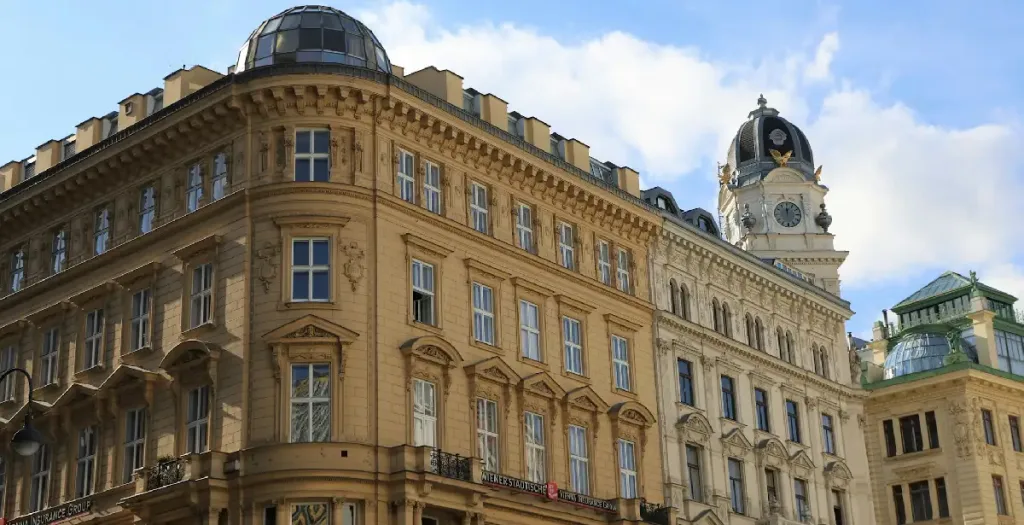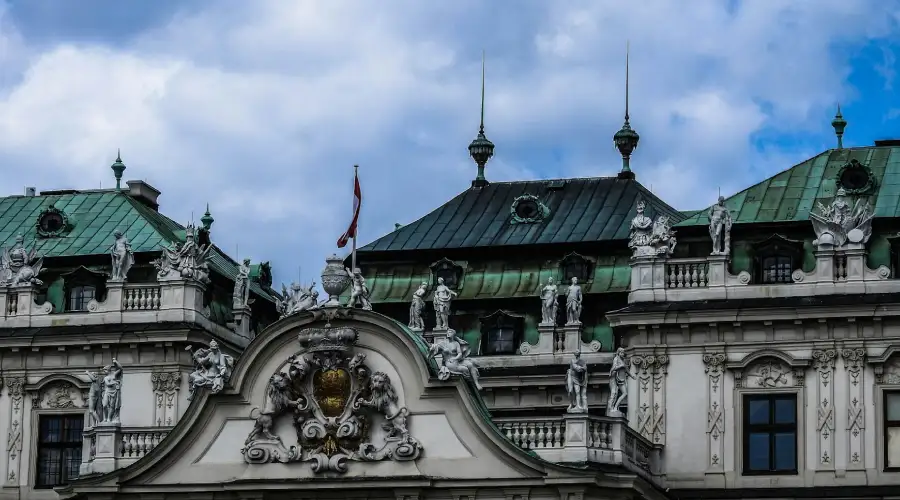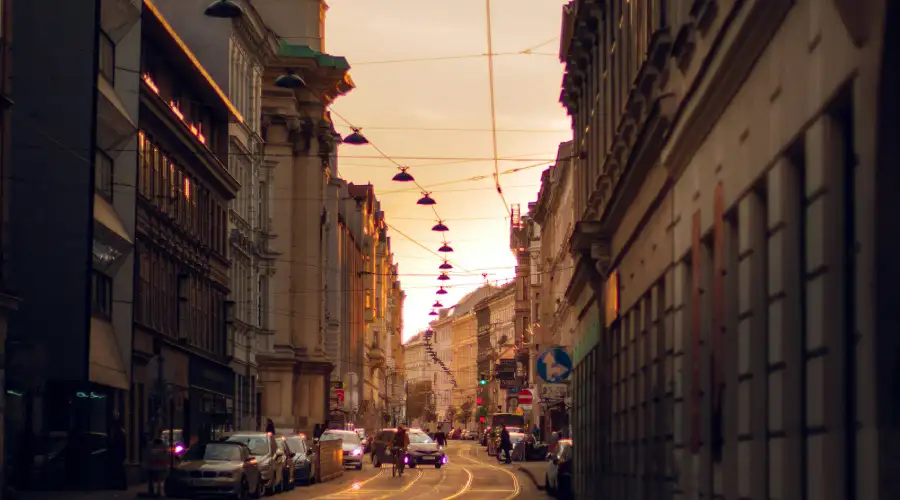Best neighborhoods in Vienna

Vienna is renowned for its diverse and vibrant neighborhoods, offering a unique atmosphere and attractions. The Innere Stadt, or Inner City, stands as the historic core of Vienna, boasting iconic landmarks, grand architecture, and charming cobblestone streets. Leopoldstadt, situated along the Danube River, exudes a lively ambiance with its amusement park, the Prater, and a rich multicultural character.
For an artistic and bohemian flair, visitors can explore Neubau, known for its trendy boutiques, art galleries, and hip cafes. The Wieden district combines historic charm with a thriving culinary scene and is home to the renowned Naschmarkt, a bustling market offering diverse culinary delights. Additionally, the Josefstadt neighborhood captivates with its elegant streets, cozy cafés, and proximity to the city’s theater district. These distinct neighborhoods collectively contribute to Vienna’s multifaceted allure, ensuring visitors can find an ideal spot to explore and savor the city’s rich culture and vibrant lifestyle.
Margareten
The fifth district of Vienna, Margareten, a cosmopolitan mix of culture and city life, provides a lively backdrop. Established in 1850, it is close to the urban center of Vienna and is featured by its diversity of attractions and amenities. The district comprises various art and design agencies, eclectic eateries, and avant-garde cinema, creating an original and lively atmosphere.
Margareten also has some landmarks like the Vienna Naschmarkt and the Vorwärts-Gebaeude and offers different types of experiences to residents and visitors. This combination of past and present makes Margareten a highly desirable neighborhood – just as the old-world charm blends with the modern vivacity.

Landstraße
The third district of Vienna, Landstraße, is a neighborhood with a lot of history and present-day wonders. In the nineteenth century, this place was established near Vienna’s city center for locals and tourists. The district has numerous attractions like the Belvedere Museum, Hundertwasserhaus, and Kunst Haus Wien. Besides, it has several embassies, including the Embassy of the Netherlands. Thus, it is of global importance. The area features a distinctive variation of facilities and a distinguished sense of history and thus presents the perfect mix of antique charm and contemporary vigor.
Leopoldstadt
Leopoldstadt is the second district of Vienna, Austria. Its rich history and cultural roots have been a lively neighborhood center since the 19th century. The district is famous for its diversity and has many famous sights and institutions. The district has been the backdrop of several works of art and literature, for instance, the play ‘LEOPOLDSTADT’ authored by Tom Stoppard. The play, featuring a Jewish family in Vienna during the early 20th century, focuses on the historical context of this district.
Mariahilf
Mariahilf is the sixth city district of Vienna, Austria, famed for its exciting and colorful aura and fascinating past. Mariahilf was established in 1850 and has grown into a busy urban area with various attractions and services. The district is renowned for the shopping street, Mariahilferstrasse, which is 1.5 km long and home to different sorts of shops ranging from mainstream to alternative.
Mariahilf does not make an exception regarding its cultural landmarks with the Baroque Church of Mariahilf. The neighborhood combines its historic charm and the latest features to offer a unique experience for both residents and visitors.
Ottakring
Ottakring, situated west of the central district of Austria, is one of the 16 districts of Vienna. Dating back to 1892, Ottakring has a long tradition of working people and simple life. Today, it’s a dynamic place that provides various attractions and experiences.
The characteristics and color of this district set it apart from other areas with an eclectic mix of old-world charm and modern features. Street performers, horse-drawn carriages, shoppers, and coffee lovers make Ottakring come alive. It also provides premium living infrastructure, which is why it is highly preferred.

Wieden
Wieden, one of Vienna’s best neighborhoods, is a unique melting pot of history, culture, and modernity. The essence of this neighborhood is its historic touch with modern characteristics that make it a fabulous place for locals and visitors. The lively local businesses are in the neighborhood, with various restaurants and cafes to suit every taste. These venues are essential in Wieden’s vibrant social life and provide the residents with a home feel.
Besides its intense cultural scene and its downtown setting, Wieden stands out in terms of facilities that improve the well-being of its citizens. There are parks, recreational facilities, and numerous shops at no distance, making it even more attractive. With its inimitable nature, pulsating lifestyle, and list of resources, the Wieden district is a must-see for any visitor exploring the city of Vienna. Whether you want to return to the city’s fascinating history, have fun in the lively social scene, or appreciate the central location, Wieden has something for all tastes.
Neubau
Neubau, the seventh district of Vienna, Austria, has a reputation for trendy boutiques, hipster cafes, and nightlife for the city’s youth and creativity. The unique combination of historic architecture and contemporary style distinguishes the neighborhood. MuseumsQuartier, which, together with its gallery and venue spaces, has become the world’s largest complex for modern art and culture, is one of Neubau’s highlights. The Leopold Museum, with its permanent exhibition of Austrian art, is located in this area.
Neubau has the Spittelberg, famous for its Biedermeier houses and its cobblestone streets in addition to it. A selection of dining destinations, from Austrian bistros to international options, resides in the area. In Neubau, visitors can learn much about contrasting elements like the old and new, the traditional and the progressive; visitors can enjoy it all in one district. This makes Neubau an essential visiting spot in Vienna.